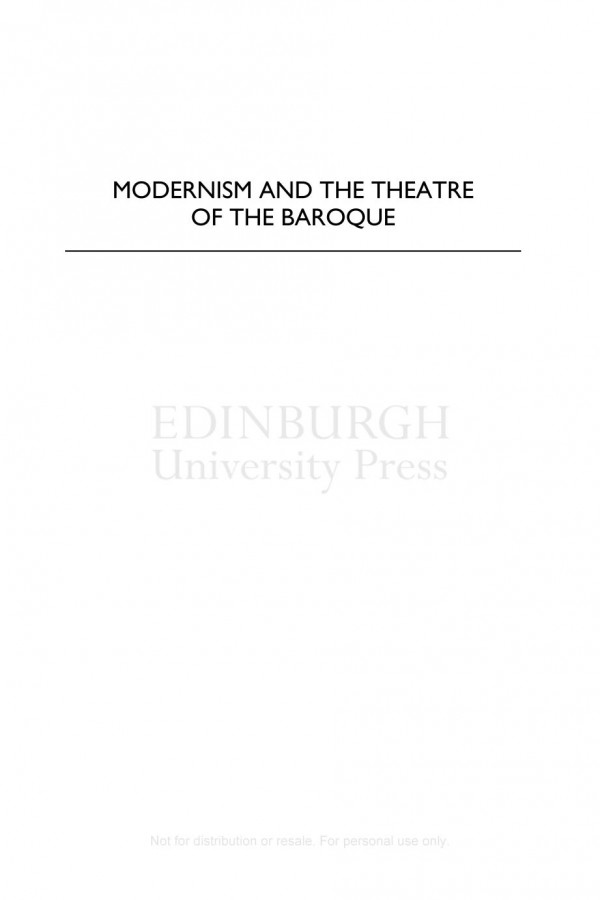

Most ebook files are in PDF format, so you can easily read them using various software such as Foxit Reader or directly on the Google Chrome browser.
Some ebook files are released by publishers in other formats such as .awz, .mobi, .epub, .fb2, etc. You may need to install specific software to read these formats on mobile/PC, such as Calibre.
Please read the tutorial at this link: https://ebookbell.com/faq
We offer FREE conversion to the popular formats you request; however, this may take some time. Therefore, right after payment, please email us, and we will try to provide the service as quickly as possible.
For some exceptional file formats or broken links (if any), please refrain from opening any disputes. Instead, email us first, and we will try to assist within a maximum of 6 hours.
EbookBell Team

4.3
18 reviewsDid you know that seventeenth-century philosophy influenced dance theory and evolutionary science during the modernist period? Or that in England, Italy and Germany the term ‘baroque’ was used almost exclusively as an insult until the 1900s? Modernism and the Theatre of the Baroque fashions an independent aesthetic for modernist writers and texts that challenges many high modernist qualities promoted by James Joyce and T. S. Eliot. Providing a fresh interpretation of the works of Djuna Barnes, Wyndham Lewis, Edward Gordon Craig and Isadora Duncan, the book broadens our understanding of modernist priorities and demonstrates how readily these ideas translate across genres. It shows that modernists are not passive recipients of baroque stereotypes but are instead painstaking in their research and innovative in their reworking of original sources. This is an introduction to key ideas, characters and techniques that will allow the baroque to be used as a conceptual and historical framework for analysing modernist achievements, thereby opening up new opportunities for further research.